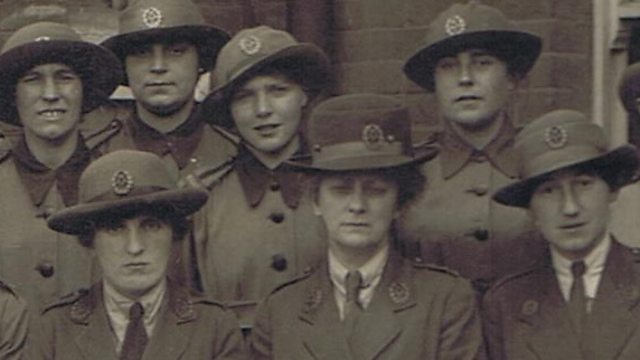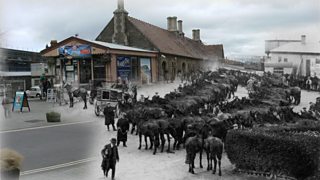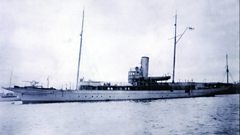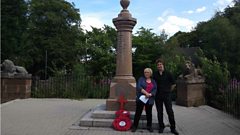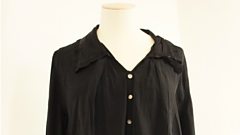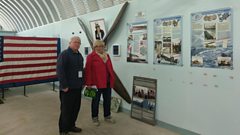Wax Works, Larkhill: Women’s Auxiliary Army Corps
When women were needed in the army
Sitting just off Larkhill’s main road, The Packway, lies a housing estate of anonymous army homes.
But during WW1, Larkhill was a huge affair with over thirty different sub-camps. Of these, Camp 20 was just south of the Packway, on what is now Lightfoot Road.
Camp 20 was where A J Bowman was stationed during her service with the Women’s Auxiliary Army Corps (WAACs). The Imperial War Museums hold an album of hers, with the message, “Greetings from Salisbury Plain”, beautifully embroidered on its cover.
The WAACs were founded in 1917, according to Bianca Taubert, from the Museum of the Adjutant General’s Corps. “After the Somme, in 1916, the War Office decided it needed to release more men for front line service on the Western Front.”
The WAACs was a civilian corp of women who took over administrative duties previously carried out by men. Clerks, typists, telegraphists and postal workers were the obvious tasks for women but they were also drivers, bakers, tailors and gardeners.
Camp 20 would have been home to women training for specific roles or awaiting assignment elsewhere, possibly overseas. In France, the women worked on maps in the ordnance survey department or working in stores, distributing supplies to the front.
The WAACs uniform represented a step-change in fashion. “The long skirt was considered quite daring”, says Bianca. “The fashion of the day would have been for almost floor length skirts but that was considered impractical for the work required, so the WAAC skirt was short by the standards of the day.”
The WAACs of WW1 were drawn from the lower middle classes, and the working classes. As such, they would have represented a real melting pot where women from differing backgrounds would have had to learn to get on with each other.
The WAAC’s were disbanded in April 1918, rebadging to become the Queen Mary’s Army Auxiliary Corp. Women were demobilised in 1919 with the last of them leaving in September 1921 as the corp wasn’t considered necessary. In 1938, the Auxiliary Territorial Service was founded, headed up the former head of the WAAC’s, Helen Gwynne-Vaughn. The ATS became the Women’s Royal Army Corp in 1949, existing until 1992 when it was amalgamated into the Adjutant General’s Corp.
At its height, the Corp was 29,000 strong in the UK with another 9,000 in France. In their time, the women of Larkhill’s Camp 20 represented an early incarnation of equality for women.
Location: Larkshill, Wiltshire
Image: Women serving in the WAACs, courtesy of the AGC Museum
Duration:
This clip is from
Featured in...
![]()
Latest stories from across the UK—World War One At ��ѿ��ý
A selection of stories from At ��ѿ��ý's November release.
![]()
��ѿ��ý Wiltshire—World War One At ��ѿ��ý
Places in Wiltshire that tell a story of World War One
![]()
��ѿ��ý Front Life—World War One At ��ѿ��ý
Everyday life in the towns, villages and countryside
![]()
Women—World War One At ��ѿ��ý
How war transformed the status and role of women
More clips from World War One At ��ѿ��ý
-
![]()
The loss of HMY Iolaire
Duration: 18:52
-
![]()
Scotland, Slamannan and the Argylls
Duration: 07:55
-
![]()
Scotland Museum of Edinburgh mourning dress
Duration: 06:17
-
![]()
Scotland Montrose 'GI Brides'
Duration: 06:41
